|
Meet Satya. He was born just a few weeks ago, in our dining room!
He's my third child, and his birth was something else.
With my first two babes, I woke up at my usual time in the morning and felt an inexplicable new feeling in my body. A couple hours later both times, my contractions began, and both times by 8pm there was a new kid in our house! I'd been reminded throughout this pregnancy by my midwives and friends that third babies can come really fast. "Make sure you call us right away" they said. "Have a backup in case we can't get the tub filled in time," they said. So while consciously I knew that every birth is different, the truth is I fully expected this labor to be straightforward and speedy like my others (or even-- I hoped-- faster!) Which is why when I began having mild contractions on Saturday, I scrapped our weekend plans. But... by Sunday morning they hadn't gotten any stronger, longer or closer together (that's how you know it's really happening.) I let the midwives know what I was feeling, made some raspberry leaf tea, ate my 6 daily dates and settled in to wait.
I'll skip the details of my next 2 days and just tell you there's a thing called prodromal labor. It's like... the purgatory of birthing. It's like the myth of Sisiphus, where he keeps pushing that boulder up the hill and it always rolls back down.
Prodromal contractions can be uncomfortable enough that you can't concentrate on doing other things while they're happening, but unlike "real" labor, they can continue without progressing in intensity or frequency for days or even (gulp) weeks. Except that sometimes they stop completely and then start again. Oof. Despite it not being my first rodeo, I was unprepared for this. Or was I?
The thing is, I'd been sweating it up in our in-home hot room at least 5 days a week throughout this pregnancy. (Not to mention the other 17 years-ish since I found Bikram Yoga!)
So I actually had everything I needed. Here are just some of the skills I've honed through my yoga practice, which helped me cope with feelings of frustration, impatience and exhaustion during the 60 hours or so from my first contraction until I finally met my son: Breathing Just like in yoga class, I use nose breathing during labor to keep my nervous system calm and conserve energy. Here's more about how that works. Interoception Interoceptive awareness is the ability to identify, understand, and respond appropriately to the body's internal cues. It's knowing what is going on inside my body, what it means, and what to do about it. Pregnancy Yoga emphasizes this skill, encouraging us to constantly monitor the sensations in the body brought on by each posture, and adjust the intensity as needed. I mean, you should really be doing this in any yoga class! You just might get more reminders from the teacher during Pregnancy Yoga. Practicing with an injury will also train this especially well: you constantly have to listen to your body's messages to know if you need to do less or rest. Interoception helped me pace myself even during a labor that seemed to go on and on. I could feel what my body was doing and respond to its needs in each moment with movement, sounds or rest.
Faith
I had to tap into my faith a lot during my weekend of waiting for Satya. Faith in the natural process of birth, faith in my body, faith in myself. With labor starting and stopping I began to doubt myself: maybe it was wishful thinking? Did I will myself into having contractions before it was really the time? What if I got too tired and couldn't see this through to the finish line? There was a moment just before I needed to push, where I said to my husband "I don't know if I can do this." As soon as I said it, I knew that I could. What we practice in Bikram Yoga class and in Pregnancy Yoga is repeatedly putting ourselves in this position. We're struggling, thinking "I don't know if I can do it" and then we prove to ourselves: we can. Hatha (physical) yoga is about using our bodies to cultivate a relationship of faith (trust) with ourselves. And it goes so far beyond the physical realm. Determination In yoga, you might associate determination with "pushing through" or holding the pose no matter what until the end. But in fact, determination in yoga can often mean, NOT pushing through. I mean, if your breathing is all over the place and your pose is misaligned because you're too tired to use your muscles correctly, pushing through or "no matter what" isn't determination: it's just ego! So determination can also mean the commitment to doing what is truly best for you, and not letting ego get in the way. During Satya's birth I used my determination in the "pushing through" sense. But I also had to stay determined to allow the process to unfold, without me (ego) trying to control it.
Concentration
By focusing your mind on what your body is doing in the present moment, even with potential distractions like the heat, sweat in your eye, or that housefly that somehow snuck into the room, yoga helps you hone your concentration powers until they become superpowers! Labor can actually slow or even stop as a result of distractions, like someone new entering the room. I used my concentration superpower during Satya's birth to keep me on track... even as my other children woke up and started eating their breakfast cereal beside me while asking questions about where babies come from! Patience In hatha yoga patience is developed in many ways. One is simply the patience to hold your body in an uncomfortable position until you hear the word "change!" Another is patience over the longer term: accepting your current level of ability/ flexibility/ strength/ balance and allowing that to improve over time, on a timeline that may be slower than you'd prefer. This one was huge for me with this birth. I'd been ready to meet Satya for days, and there were moments it seemed like he would never show up! I tapped into my yoga-patience and reminded myself that he would arrive exactly when he was ready.
Denouement
The good news about prodromal contractions is that they help the body prepare for active labor and may even help dilate the cervix a bit. By the time my baby was finally ready to join us, I only had to push 5 times to get him out. Satya was born just after 8am that Tuesday morning, with one arm raised up next to his head like he was setting up for Standing Bow Pulling Pose! It's called a nuchal hand presentation. And maybe that was part of the delay, my body trying to nudge him into an easier position before he began his descent. Besides longer labors, other nuchal hand birth stories I've read often involve tearing, pain and long hours of pushing. I can't say for sure if my yoga practice is completely responsible for my smoother experience, but I can tell you that besides walking the kids to school and a bit of swimming, it's the only exercise I've done for over a year. Here's how my pregnancy went:
Here's how I felt after Satya's birth:
I was talking with my doula a few days later, and she said: "Every baby has something to teach you with their birth." I think Satya's lesson for me was that life is (still) full of surprises. Every birth is different, even for the same mom! I'm in no way claiming that if you practice this yoga our experiences will be the same.
What I do know though, and what any birth professional will tell you, is that having a healthy body and mind can only have positive effects on the kind of pregnancy and birth you have! There's so much in life that is beyond our control, but to a huge extent your health is up to you.
Pregnancy Yoga ticks all the boxes for a safe and effective exercise regimen that will help you prepare for the birth of your dreams: It's zero-impact, moderate to low intensity, emphasizes breathing, tones the pelvic floor, strengthens joints, prevents back pain, builds stamina, improves balance and relieves stress. I felt so good during and after yoga that I practiced almost every day throughout this pregnancy. But you don't have to hit your mat daily to enjoy the benefits! Even 2 to 3 sessions a week can have a huge impact. So if you're expecting (or plan to be) find out more about Pregnancy Yoga here. We've got several classes and downloadable resources for you in our library here. And feel free to email me if you have any questions! I love helping out new moms and moms-to-be. Always consult your medical provider before starting a new exercise routine.
0 Comments
Possibly the biggest game-changer for your Pranayama Breathing is learning to synchronize the movements of your arms and head!
It ain't easy, but when you figure it out you will build strength and length in your neck, relieve tension in your shoulders, and best of all: feel more relaxed, taller and more powerful within just the first few minutes of your practice! Check out this video we made you with tips and demonstration - then try it in your next class!
Check out these posts for more on breathing:
“If we could master breath, everything after that is going to be handled a bit better.” That's a quote from James Newbury, an athlete who completed the entire 5-hour bike ride and 4-hour run of an Ironman race, breathing only through his nose. “We’re going to live at a higher level.” Living at a higher level sounds good. Here is my nose: Maybe you’ve been here:
Huffing and puffing through the first few poses in one of your first hot yoga classes, your face turning bright beet-red. The more you try to breathe, sucking air in through your mouth- the harder it seems to get. From somewhere in the distance, you hear the instructor’s calm, encouraging voice: “Close your mouth, breathe through your nose.” You try it. It works! Nose breathing is the way Many people have been taught or just naturally start breathing through their mouths while exercising, especially when it gets intense. But emerging research suggests nasal breathing (like we do for about 80 out of the 90 minutes in a Bikram Yoga class) is actually where it’s at. That’s no big surprise for yoga practitioners, who have been harnessing the power of breath for centuries! (But we always love when science backs up what we do!) Breathing by the nose helps athletes perform better For example, this recent study looked at runners who used nasal breathing and found their maximum rate of oxygen consumption was unchanged compared to mouth breathing. At the same time, their respiratory rates (breaths per minute) and ratios of oxygen intake to carbon dioxide output decreased, which means they didn’t have to work as hard to get the same amount of oxygen! Researchers believe the lower breath rate caused by breathing through your nose (a much smaller opening for air than your gaping maw) allows more time for oxygen to get to the bloodstream. That means you get more oxygen to your cells from each breath, which allows you to breathe less. Wait a sec? Is breathing LESS a good thing? Don’t worry: no one is telling you not to breathe. It’s about being efficient. By breathing through your nose "you actually can perform your big physical tasks – running, cycling, things like that, you can perform them using less oxygen because you're not having to breathe as much to perform them,” says researcher George Dallam. “Which turns this not just into a health thing, but also into a performance thing too.” Nose breathing helps with daily wellbeing too I recently read a fascinating book called Breath, by James Nestor. In it Nestor “explores the million-year-long history of how the human species has lost the ability to breathe properly and why we’re suffering from a laundry list of maladies—snoring, sleep apnea, asthma, autoimmune disease, allergies—because of it.” One thing Nestor did as part of this book was an experiment where he plugged his nose completely for 10 days, forcing himself to breathe only through his mouth. Spoiler alert: the results were disastrous! Other spoiler alert: everything got better when he began breathing through his nose again. Among other things, it turns out people who breathe primarily through their noses have:
Nasal breathing calms ya down Breathing slowly through the nose is associated with the parasympathetic aspect of your nervous system, known as the “rest, digest and reproduce” state. (You probably know that one from yoga class!) Breathing fast, through the mouth, or too much (hyperventilation) activates the sympathetic nervous system, putting you into a state of “fight, flight or freeze.” (You know that one from if you’ve ever been stressed out.) That’s because nasal breathing activates the lower part of the lungs, which is associated with the parasympathetic nerves. Oh hey, we made a video about that! “You’re dealing with what is called a vagal response,” Dallam says. “You’re actually activating your vagal nerve to do the action of the lung itself when you breathe that way. That’s why a relaxation breath is a deeper breath. If you breathe deeply and activate the diaphragm well, and activate the lower portion of the lung, then you create some immediate relaxation.” It ain't always easy, but it's worth it As James Nestor and James Newbury found, breathing by the nose during physical exertion isn't necessarily easy. The key, whether in a Bikram Yoga class or training for a triathlon, is to only challenge yourself as much as you can while maintaining nasal breathing. This means you may need to back off on intensity at first and be patient with the process. (Helloooo, psychological benefits!) When you breathe calmly through your nose, you take charge of your own nervous system The more you practice, the better you'll get at nasal breathing and the more your health will improve as a result. Don't take my word for it though! Try it in class today ;) Over the summer we published this blog post discussing existing research on heat and humidity in relation to COVID-19. (Hint: it was good news for Bikram Yogis!) A new study came out this month which has even more to say on the subject. Where back in May, scientists observed that areas with higher temps and humidity experienced less spread of COVID, the recent findings suggest it's not quite that simple. Wait... can we still do Bikram Yoga?? YES. **CAVEAT ALERT** Before I dive in any deeper, I'd like to point out that in no way am I claiming that being in our yoga room will guarantee that you do not catch the novel coronavirus. The truth is that any time you leave your home or are around other people, you are at some risk of catching COVID. This post is addressing the scientific findings that some environments pose more risk than others. Here is what the science says: "Our research shows that the viability of coronavirus is higher at low air temperature values below or equal to 75 F (25°C) and at high relative humidity values greater than or equal to 65%," says Prof. Dimitris Drikakis, one of the new study's authors. "Therefore, countries with the above weather conditions or indoor places with the above environmental conditions (at those conditions) are more at risk." Check out this chart (circle added for reference) from the study showing the concentration of airborne contaminated droplets: The study found there was less risk of catching COVID at temperatures above 75 and humidity below 65%.
Hooray: that's US! (See the red circle on the image above.) We keep our hot room at a perfectly sweet spot for sweating: 105 degrees Fahrenheit (40 Celsius) with 40-60% humidity (In most classes, especially now with our limited capacity, humidity actually remains between 40-50%.) Scientists now understand that how well COVID spreads in the air is due to a combination of factors which include not only heat and humidity but also (when outdoors) wind and (when indoors) ventilation. For indoor spaces, proper ventilation is advised, as well as the use of air purification systems to help reduce concentration levels of any contagions in the air. Here at Home we've always been fans of good air quality. Yogis who've practiced in stuffier hot studios often remark at how much better they breathe in our room! That's in part because of our Demand Control Ventilation system. The DCV maintains indoor air quality by automatically adjusting the amount of outside air coming into the hot room when the CO2 reaches a specific level. In order to further increase the flow of outside air in keeping with current recommendations, this setting is currently at “0” which means we are bringing in the maximum amount of outside air (around 50%) during class. The air which is recycled is constantly cleaned by the iWave air purification system. "We should also avoid places of low temperature," says Drikakis. We've been saying that for years! ;) Check out this post for a rundown of the many benefits of heat for all kinds of reasons. And read this if you have any concerns about "handling" the heat. Most importantly, join us in Home's hot room: we're here 7 days a week. Click here to book your class! Bikram Yoga in a face mask: #36482 on the list of things I’ve done in 2020 which I never imagined I would do! You know what though? It ain’t so bad. Yogis have been asking for recommendations, so... Here are a few things I’ve discovered:
But the #1 thing you need to do when practicing Bikram Yoga in a mask (or even not in a mask) is simple and costs $0: Give yourself permission to take radical good care of yourself during class. That means breathe through your nose, and rest when necessary (Hint: if you find it hard to keep breathing through your nose, you need a rest:) Good news is, you already practice that every time you do Bikram Yoga- right? When you first return Home, you will probably need to take more breaks than you are accustomed to. It's true that a mask will be in the way of air headed into your nose, but also don't forget that you haven't been in a hot room for 7 months! Like Standing Head to Knee pose, doing your yoga in a mask is going to take practice. If you're prepared to try- mindfully and patiently (and with the right supplies!) hot yoga in a mask may not be your favorite, but it won't totally suck. You might even forget it's there. Plus, think of how bada** that is! "I do Bikram Yoga in a face mask" said no lame person EVER. ;) Check out this post for more thoughts on masks! I feel pretty confident about spending 90 minutes in a hot room breathing with you during a global pandemic. There are a few reasons for that:
Ok... but what's an iWave? The iWave is the air purification system we've installed in the hot room's duct system! When air passes over the iWave, ions produced by the device reduce pathogens, allergens, particles, smoke and odors in the air, without producing harmful byproducts. How does it work? iWave uses a fancypants technology called "needle-point bi-polar ionization" to create equal amounts of positive and negative ions. When the ions are released into the air, they break down passing pollutants and gases into harmless stuff like oxygen, carbon dioxide, nitrogen and water vapor. When the ions run into pathogens like viruses, bacteria or mold, the ions remove their hydrogen molecules. Without these molecules, the pathogens have no source of energy- so they die. The ions also attach to tiny allergens like pollen, causing them to stick together until they are large enough to be caught by our ventilation system’s hospital-grade MERV-13 air filters. Is it safe?
Nature generates the same ions that the iWave’s technology does- with lightning, waterfalls and ocean waves. These natural processes break apart molecules, naturally cleaning the air. The difference between the iWave’s technology and what nature does is that the iWave does it without producing ozone! Does it work on Coronavirus? Yep! This system has actually undergone independent lab testing on COVID-19 and shown to deactivate 99.4% of the virus in just 30 minutes, in addition to significantly reducing a wide variety of other pathogens in the air and on hard non-porous surfaces. With temperatures in the 90s this week, summer is definitely here! Are you wondering whether it makes sense to turn the heat up even more by coming to hot yoga class? You may be asking yourself if you even have the energy for it. Your friends and fam may be looking at you funny if you mention where you're headed when the thermometer outside is reaching the triple digits... So is it worth it? Short answer= YES. Here are just a few reasons it is:
Exercise scientists have been researching the benefits you may already be experiencing! Here's a study that explores how “Exercising in the Heat May Improve Athletic Performance in Cool and Hot Conditions.” Want to deepen your understanding and get more goody out of your Bikram yoga practice? Check out these posts below for more videos from Kay, or search the archives for "tips!"
With 26 postures and one breathing exercise accomplished, the final breathing exercise begins to cool your body down so (after a 2-minute final savasana, of course!) you leave the hot room feeling like a brand new, yoga-lized you. Benefits:
Tips:
"January 2, 2016 was my first real class. (Technically I took a class in 2010, but because it wasn’t at BYSJ, there was obviously no reason to continue. ;)
"I am my mother’s son, which is to say that because she was fanatical about Bikram yoga, she knew I’d be interested before I knew myself. On a visit from Texas over the holidays, she roped me into joining her at a BYSJ class shortly after the studio first opened. I’d grown up a ballet dancer and runner and have always enjoyed meditative movement. Bikram yoga has proven to be a natural complement to my other current extracurriculars: running, dance, and Pilates. "Beyond the obvious benefit of having much better sex (TMI?), I’ve learned through Bikram yoga that life can simply be breath and point of focus. Received one too many passive aggressive emails at work? Breathe, do the yoga, focus on breathing. Sore knee, tight hamstrings, and a twitchy eye? Breathe, do the yoga, focus on breathing. Car battery’s dead, it’s been 12 days since you last saw the sun, and your cat just peed on your new comforter? Breathe, do the yoga, focus on breathing. "I love coming up with different soothing visualizations to get me through class and life. Whether it’s a firehose wiping around spraying water in savasana, transforming into a hot air balloon in camel pose, or being drawn and quartered in full locust pose, there’s a lot of fun to be had coming up with visualizations that reframe The Struggle. "Here are some tips I've derived from my personal scientific studies:
"But hey. I’m just the Mayor of BYSJ, what do I know?!" * *Ben holds the title "Mayor" of BYSJ because he has the most check-ins on the app Swarm, where he has checked in every single time he's visited the studio- 225 and counting! Thanks, Ben! |
AuthorHHY Founder, Yoga Business Coach, yoga-doer and life-lover, Kay Afif! Categories
All
|

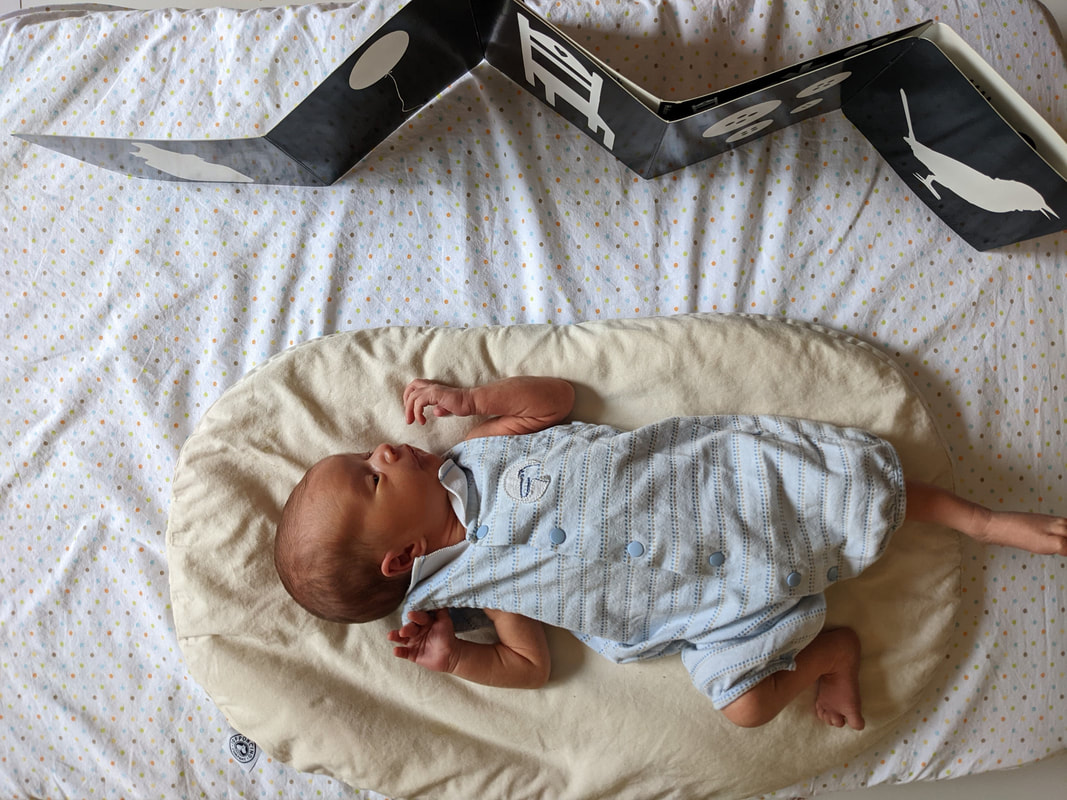
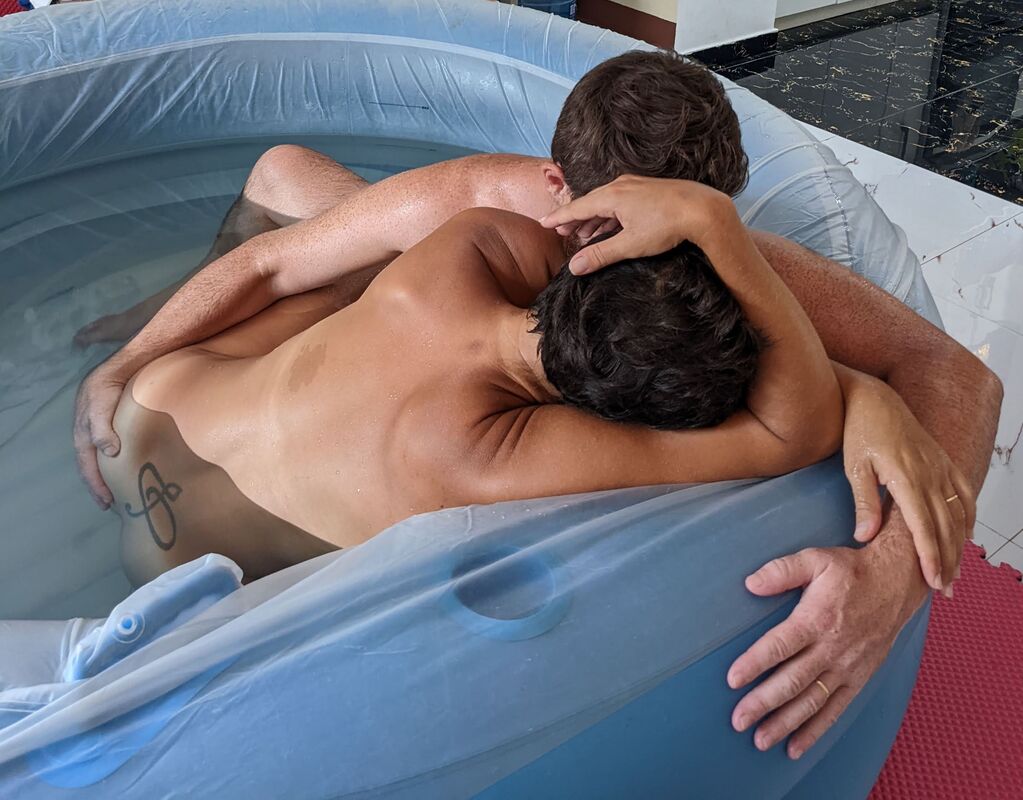
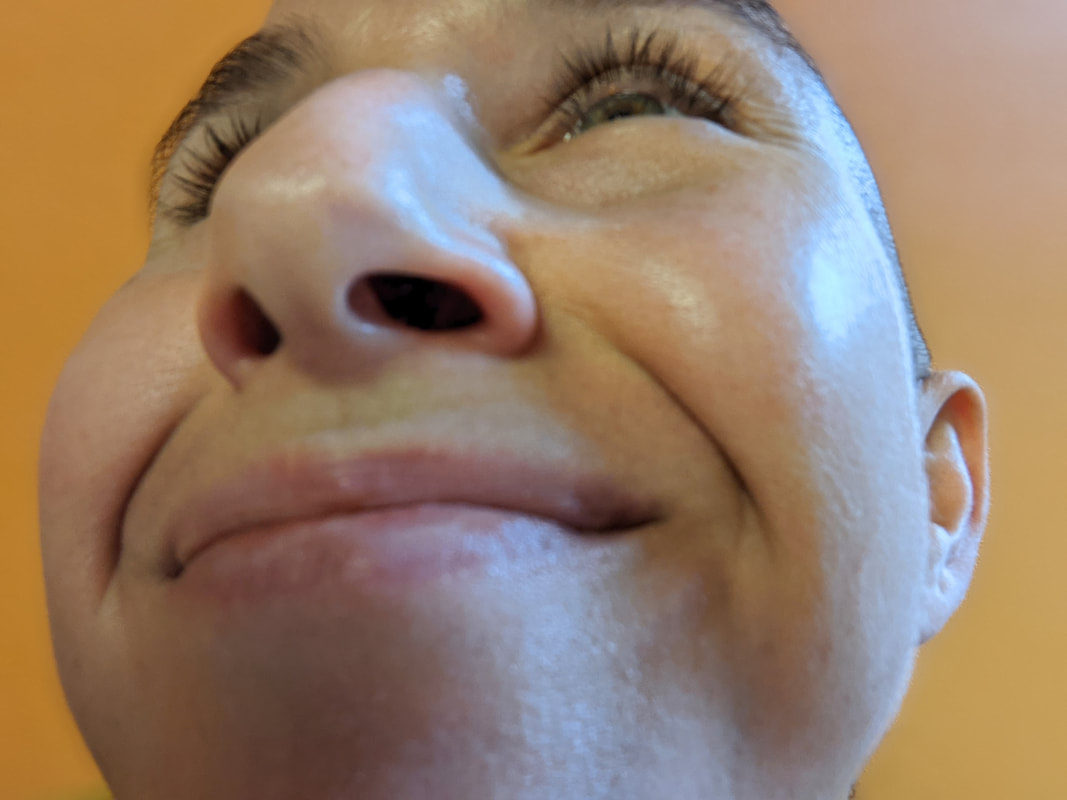
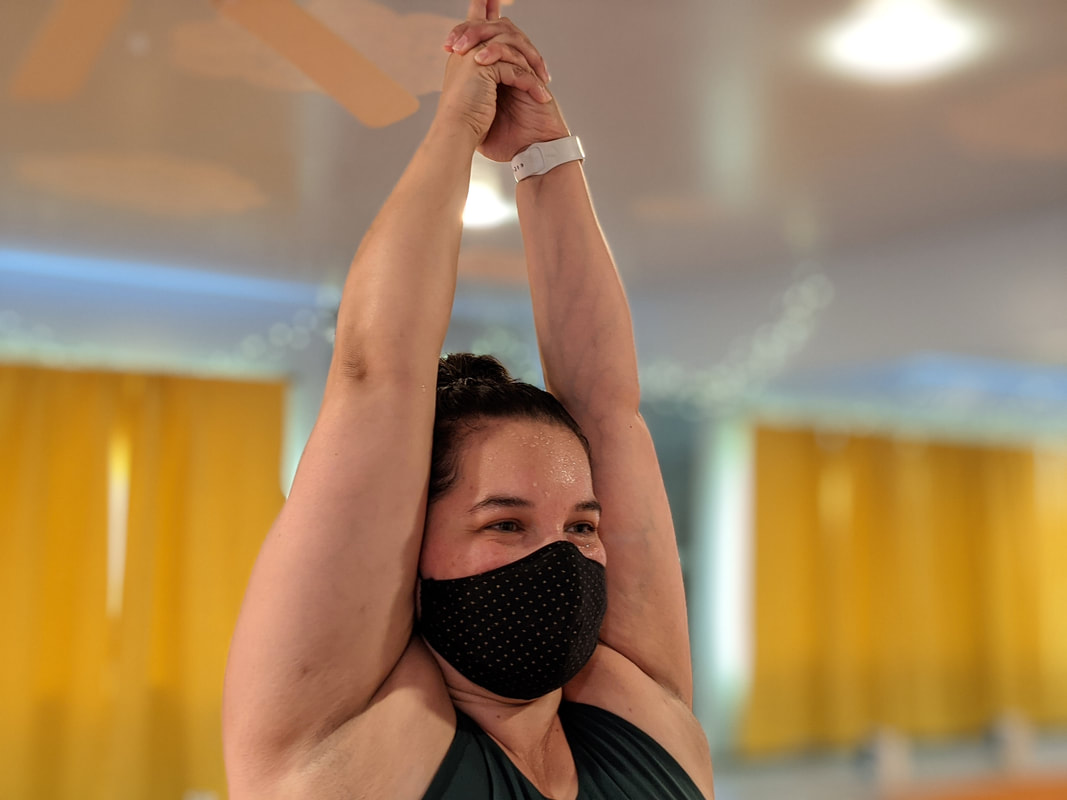
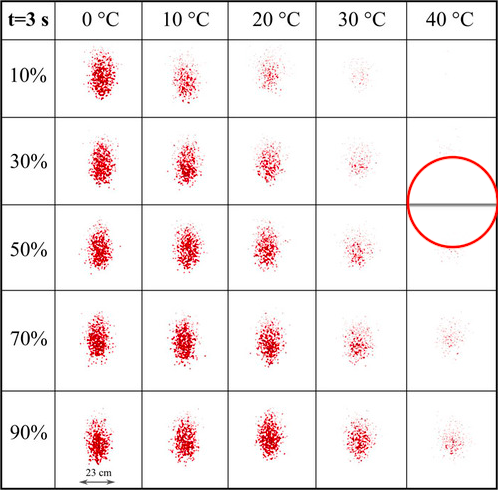
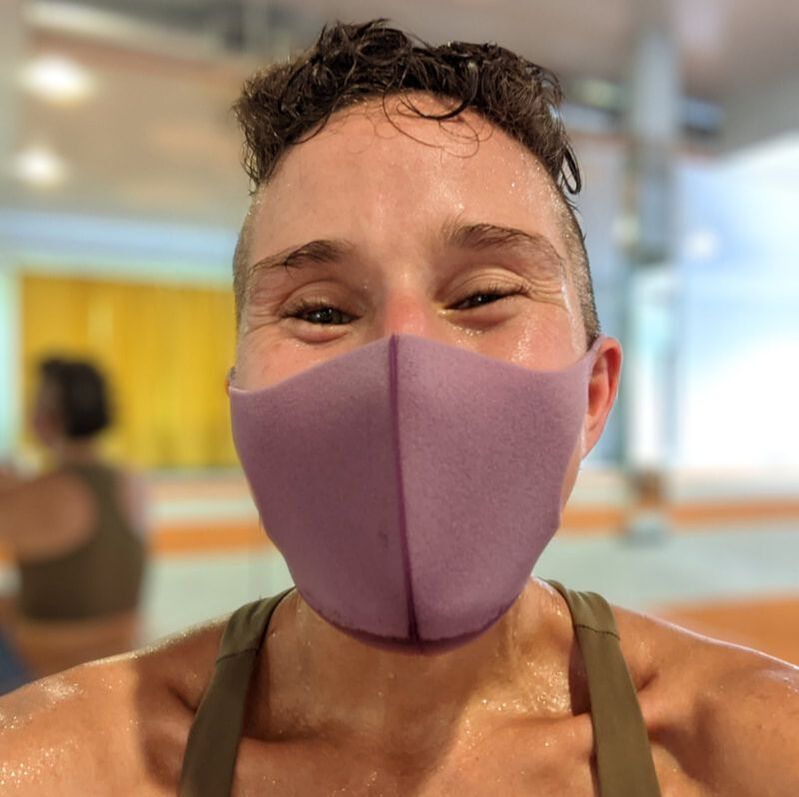
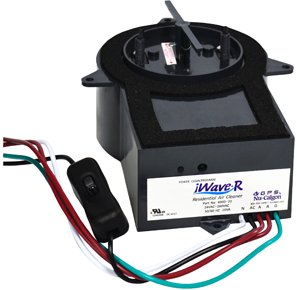
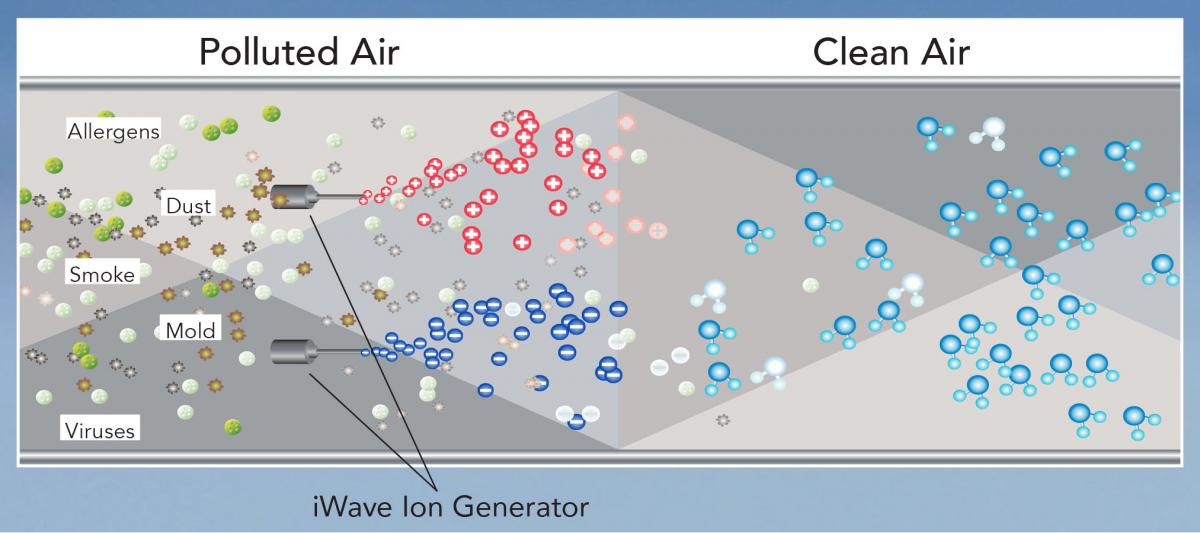

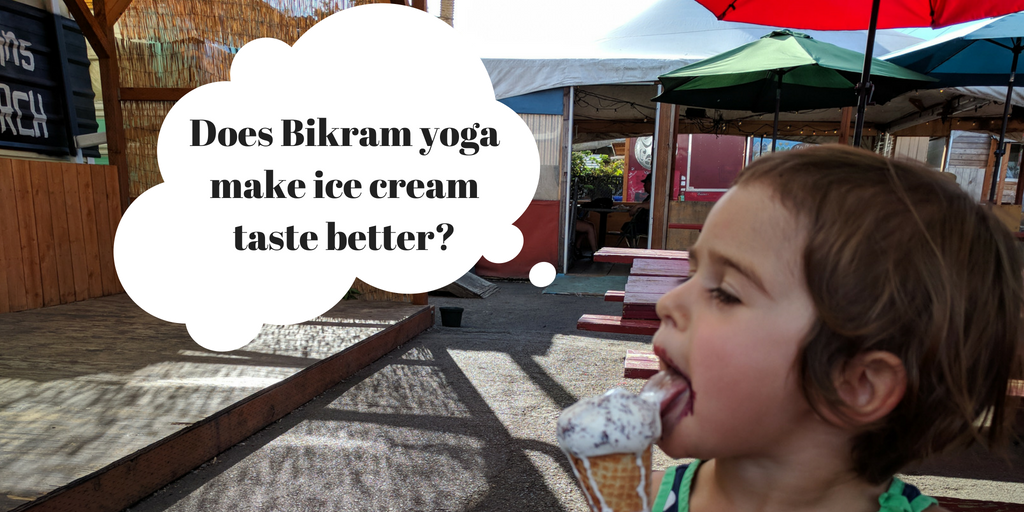
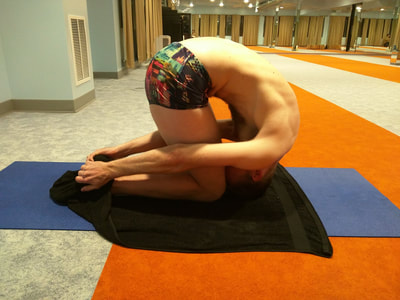
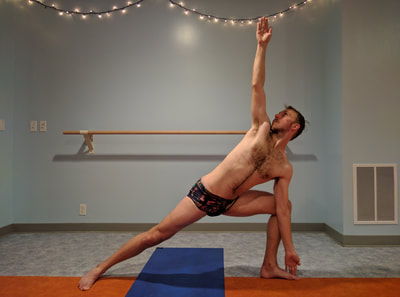
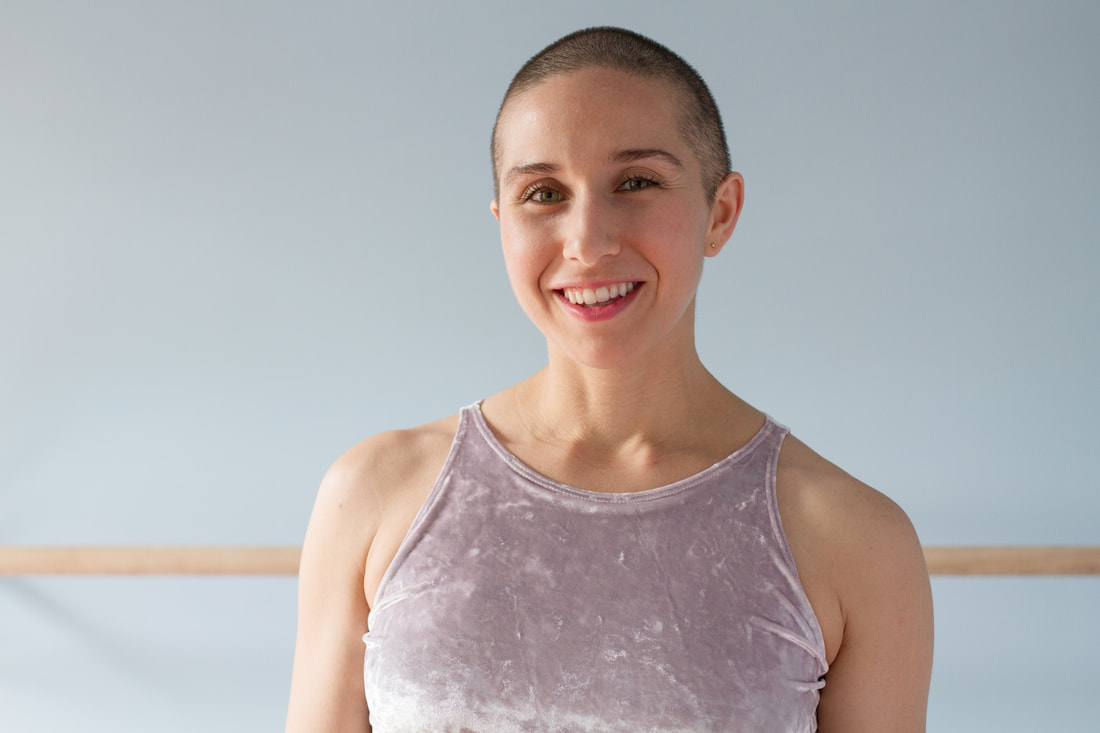
 RSS Feed
RSS Feed
